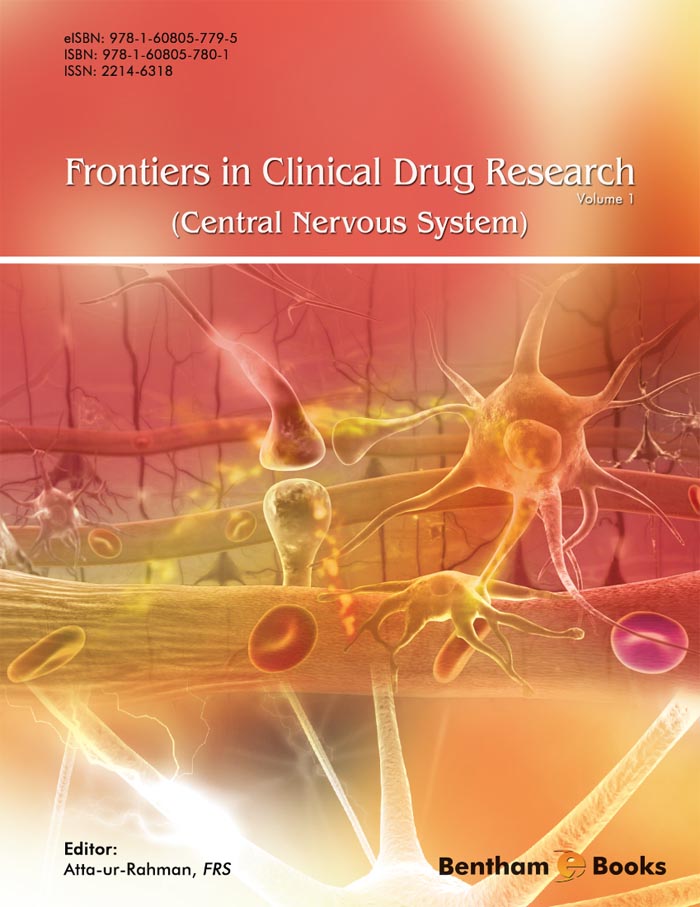Introduction
Frontiers in Clinical Drug Research – Central Nervous System
presents the latest research and clinical studies on the central nervous system (CNS). It covers a range of topics such as the development and pathophysiology of the brain and spinal cord, physiological sites of drug action in the CNS and clinical findings on drugs used to treat CNS defects due to injury or impaired development. In addition to clinical research on humans, the book also highlights other avenues of CNS medicine and research such as pain medicine, stem cell research, pharmacology, toxicology and translational models in animals.
The first volume of the series features chapters on the following topics:
-Nerve targets in pain medicine
-Spinal cord injury
-Research on neurotoxins targeting voltage gated ion channels
-G protein coupled receptor agonists and modulators
-Drug research on mediating hypoxia in developing white matter

